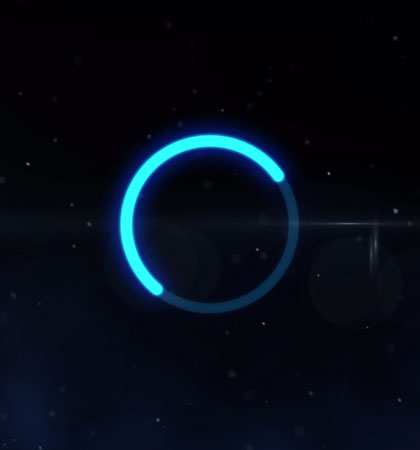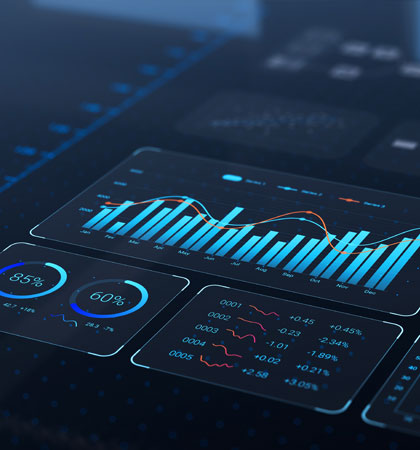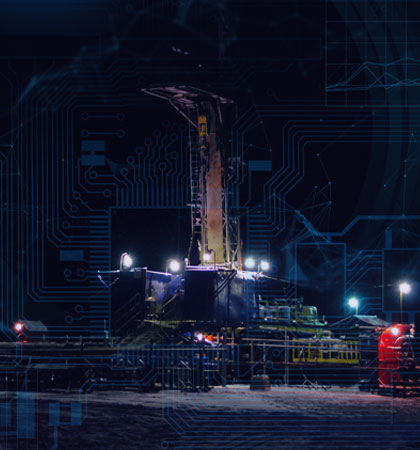Always-On Performance Across Every Layer
When compliance, safety, and decision-making rely on real-time data, availability is non-negotiable.
With built-in redundancy (coming 2025), MQTT store-and-forward, history backfill, and flexible failover modes, Matrikon Data Broker protects data continuity across modern, legacy, and hybrid environments. The result? Our clients’ operations and analytics stay live even when the unexpected occurs.
Build Without Breakdown
Before: Single Points of Failure, Costly Workarounds
Fragile OT systems with single points of failure force costly workarounds. One dropped connection or site outage can halt production, lose data, or break compliance.
After: A Self-Healing OT Data Layer That Won’t Go Dark
MDB decentralizes availability with layered resilience, starting with MQTT Publisher buffering for cloud connectivity today, extending to data source and MDB-level redundancy in 2025, and full store-and-forward across OT scenarios in 2026.
Reinforcing the UODL with Built-In Resilience
High availability is the backbone of your unified OT data layer (UODL). Without uninterrupted data flow across edge, site, and cloud, digital initiatives stall, and critical insights fail to materialize.
Power Always-On Performance Across Every Layer
Here’s how Matrikon keeps critical data moving under every operational condition.

Buffer Through Outages
In real-time operations, losing cloud connectivity shouldn’t mean losing critical information. MDB’s MQTT Publisher buffers outgoing data during outages and forwards it once restored. In 2026, MDB extends store-and-forward beyond to‑cloud scenarios, preserving locally acquired OT data until downstream paths recover.

Eliminate Single Points of Disruption
MDB keeps your systems available with HA passthrough today, letting history‑enabled clients quickly recover by backfilling data from source historians. In 2025, data source redundancy and MDB‑level redundancy will add seamless failover, allowing operators to maintain service continuity even during planned maintenance or site upgrades.

Optimize Throughput Under Pressure
High-volume periods like shift changes or asset restarts can overwhelm cloud or enterprise endpoints. MDB’s adaptive throttling maintains stable data flow, preventing overload and sustaining performance even under peak demand.

Resilience at Every Stage
MDB delivers multi-layer protection without redundancy overload. Edge buffering handles cloud disruptions, auto-reconnects, and queuing absorbs network interruptions, and adaptive throttling shields cloud endpoints. From 2025 onward, data source and MDB redundancy provide seamless failover, while 2026’s upcoming store‑and‑forward update will ensure previously acquired data is protected, even outside to-cloud scenarios.

Reconfigure Live
With MDB’s modular design and upcoming controlled failover, you can deploy new adapters, migrate to hybrid or cloud-native architectures, or perform maintenance — all without interrupting service or losing data.

Explore how Matrikon Data Broker provides every industry the continuity needed to operate and grow with confidence.
Resilience by Design: How It Works
Here’s how Matrikon Data Broker’s built-in availability adapts, recovers, and keeps data flowing in every environment.
Source Redundancy Across Systems
Deploy redundant brokers or nodes to safeguard local and remote data sources with zero interruption.
Flexible Failover Control
Prevent downtime during maintenance using manual failover control.
Buffering and Backfill Mechanisms
When connections drop, MDB stores data locally and forwards it once restored.
System Health & Monitoring
Get real-time visibility into broker and connection performance right from the console.
Adaptive Load Management
During data surges, MDB’s adaptive throttling balances flow, prevents overload, and keeps streams steady.
Store-and-Forward Buffering (2026)
Our upcoming release introduces persistent, state-aware buffering to elevate fault tolerance in demanding environments.
Resilience in Action: Utilities Industry Example
Remote substation telemetry must stay continuous, even during network disruptions. Traditional SCADA outages often require manual “data stitching.” Today, MDB reduces recovery effort with history backfill from enabled OT sources and MQTT Publisher buffering for cloud data. By 2026, data source redundancy and MDB store‑and‑forward will further minimize gaps, keeping operations reliable with far less manual intervention.
Prevent Data Loss During Outages
Avoid System Downtime
Protect Remote Infrastructure
Simplify Operational Recovery
Unlock the Full Potential of Your OT Data
Put your operational data to work securely, strategically, and at scale.

